Table of Contents
- Introduction
- What's the Big Difference?
- Anatomy of the Pig: Where They Come From
- Taste, Texture, and Tenderness: A Battle of the Ribs
- The Cultural Journey of Ribs: Regional Traditions
- Cooking Methods: Which One Shines?
- Spice Tips for Perfect Ribs Every Time
- Pairing Suggestions: What Goes with What?
- Myths vs Facts: Clearing the Smoke
- Frequently Asked Questions
- Conclusion
Introduction: Ribs Are Great, But Are All Ribs Created Equal?
This guide delivers actionable insights for home cooks and barbecue enthusiasts seeking to elevate their grilling expertise. Whether planning weeknight dinners or weekend feasts, understanding rib distinctions transforms your barbecue results. We cut through butcher counter confusion with verified techniques and regional perspectives you won't find in generic tutorials.
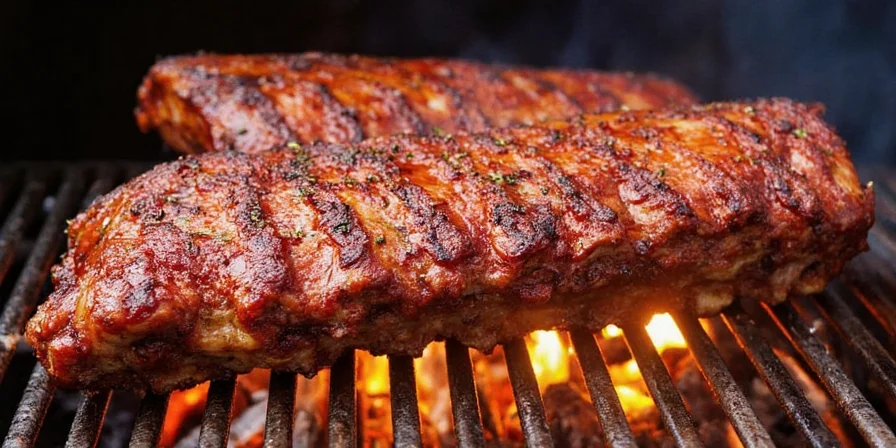
What's the Big Difference?
You might think ribs are ribs. But in reality, not all pork ribs are born equal. Let's break it down with a little chart:
| Feature | Spare Ribs | Baby Back Ribs |
|---|---|---|
| Location | Lower rib cage, closer to the belly | Upper rib cage, curved near the spine |
| Size | Larger, flatter, more meaty | Shorter, curvier, leaner |
| Fat Content | Higher fat content = rich flavor | Leaner = milder taste |
| Cooking Time | Longer due to density | Quicker and more tender |
| Cost | Usually cheaper | Pricier per pound |
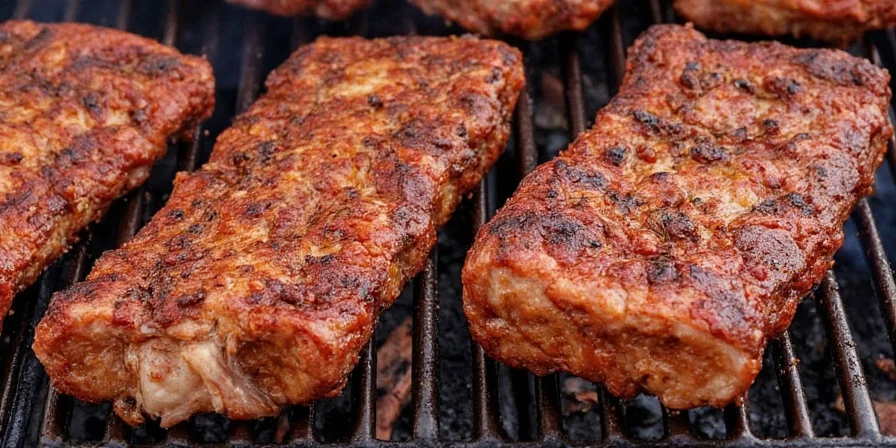
Anatomy of the Pig: Where They Come From
Let's geek out on pig anatomy for a second — don't worry, I'll make it fun!
- Baby Back Ribs: These come from the upper part of the ribcage, right behind the loin section. Think of them as the "upper-crust" ribs — they're tender, delicate, and look kind of like little half-moons.
- Spare Ribs: Found lower down on the pig's body, closer to the belly and breastbone area. They're bigger, meatier, and have that rustic charm. Some butchers even call them "St. Louis Style" when they're trimmed nicely.

The Cultural Journey of Ribs: Regional Traditions
Barbecue isn't just cooking—it's a cultural expression. Regional preferences reveal fascinating insights about rib selection:
- Kansas City: Favors spare ribs for their meatiness, slathered in thick, sweet tomato-based sauce. The higher fat content withstands long smoking sessions.
- Texas: Often uses spare ribs when serving pork, appreciating their robust flavor that complements bold seasonings without heavy sauce.
- Carolina: Traditionally prefers baby backs for their leaner profile, which pairs perfectly with vinegar-based sauces that would overwhelm fattier cuts.
- Memphis: The home of dry rubs, where spare ribs shine as a canvas for complex spice blends. Their larger surface area absorbs rubs more effectively.
This regional lens helps you choose ribs that align with your desired barbecue style, turning meals into cultural experiences.

Taste, Texture, and Tenderness: A Battle of the Ribs
Now let's talk flavor — because that's what really matters, right?
- Baby Back Ribs: Mild, sweet, and super tender. They're like the polite guest at a dinner party — always well-behaved, never too fatty or intense. Best served with a light glaze or simple spice rub.
- Spare Ribs: Bolder, juicier, and with a deep pork flavor that hits you like a summer thunderstorm. They hold onto marinades and sauces like nobody's business, making them perfect for those who like their food with a side of intensity.
If texture is your thing:
- Baby backs practically fall off the bone.
- Spare ribs give you a little more chew — which is exactly what some carnivores crave!
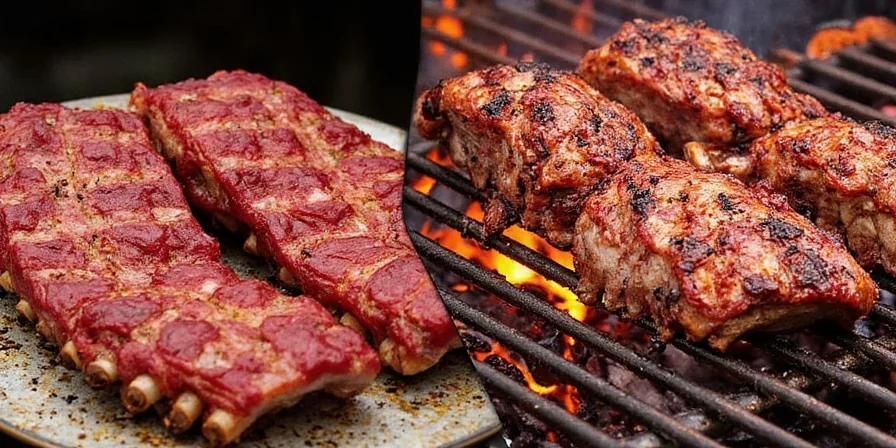
Cooking Methods: Which One Shines?
Here's where things get real. Both types of ribs benefit from low-and-slow cooking, but each has its sweet spot:
Baby Back Ribs
- Best for smoking at around 225°F (107°C) for 4–5 hours.
- They respond well to foil wraps halfway through to speed up tenderness without drying out.
- Quick smoke + finish under heat gives a crispy bark without overdoing it.
Spare Ribs
- Can take longer in the smoker — 6+ hours at similar temps.
- More fat means more forgiving; great if you're new to barbecue.
- Some pitmasters swear by the "Texas Crutch" — wrapping in foil with a bit of apple juice or vinegar to keep moisture locked in.
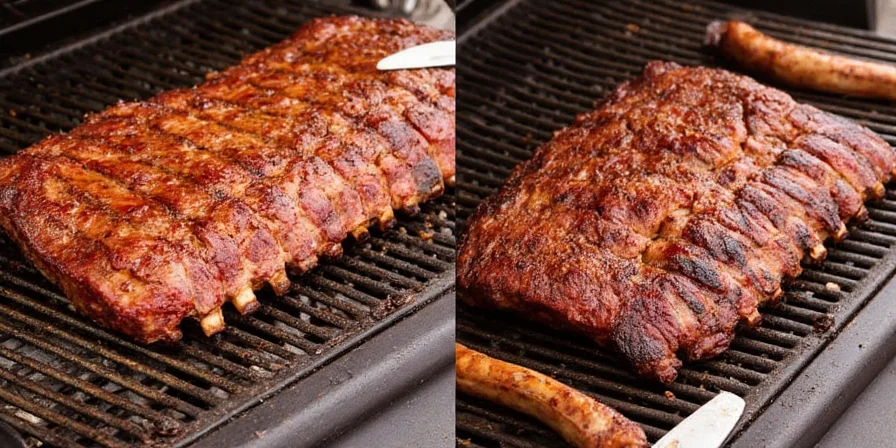
Spice Tips for Perfect Ribs Every Time
Let's face it: no matter how you cook 'em, the magic is in the seasoning. Here are some pro tips to spice up your rib game:
- Dry Rub Dominance: Go heavy on paprika, brown sugar, garlic powder, onion powder, chili powder, and a dash of cayenne for heat. Use a coarse salt like kosher or sea salt for better adhesion.
- Time to Rest: Wrap your ribs in foil after 3–4 hours and add a splash of apple cider or beer. This keeps the moisture locked in and helps the spices infuse deeper into the meat.
- The Final Brush: Before serving, slather on a tangy BBQ sauce or a spicy mustard glaze. You'll thank me later.
- Smoke It Right: Use hickory or applewood chips for that classic smoky aroma. Mesquite adds boldness, but use sparingly unless you want your guests to cough like they've been in a campfire.
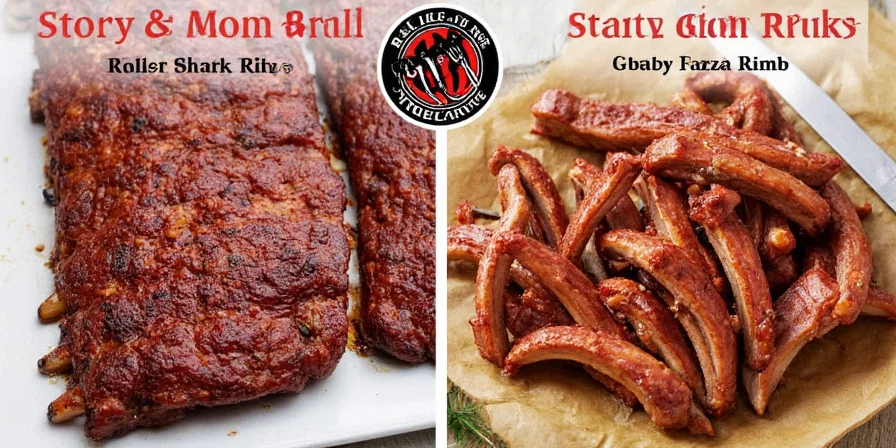
Pairing Suggestions: What Goes with What?
Ribs alone won't cut it — you need sides and drinks to complete the feast!
For Baby Back Ribs
- Mild coleslaw
- Garlic mashed potatoes
- Honey-glazed cornbread
- Refreshing beverages: Lemonade, lager, or a crisp white wine
For Spare Ribs
- BBQ baked beans
- Grilled veggies or pickled jalapeños
- Crusty bread to soak up the juices
- Drink pairings: Bold red wine, bourbon, or an IPA for extra hoppy flair
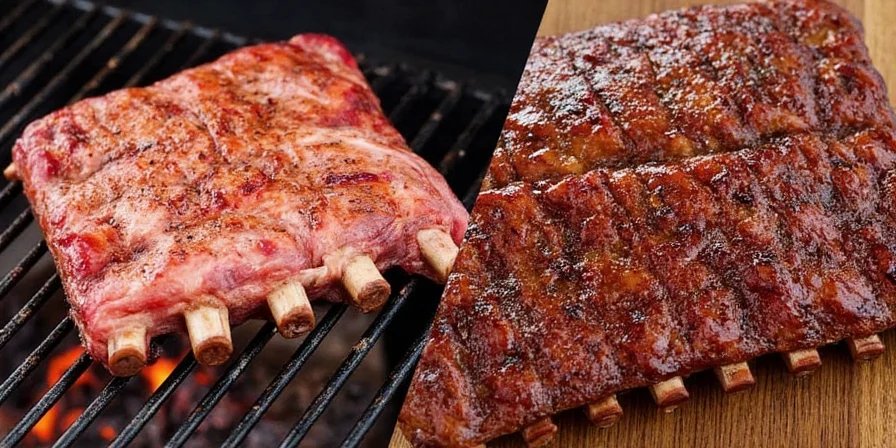
Myths vs Facts: Clearing the Smoke
Time to debunk some backyard myths about ribs!
- Myth: You must remove the membrane on ribs.
Fact: While removing it helps seasoning penetrate and improves tenderness, some folks leave it on for extra bite and char. Do what makes you happy. - Myth: Only competition-level cooks can make good ribs.
Fact: Not true! With patience and a killer spice mix, anyone can create restaurant-worthy results. - Myth: Baby back ribs are from baby pigs.
Fact: Nope! The name comes from their location on the pig — not their age. - Myth: Sauce should be applied early to flavor the meat.
Fact: Sugar in sauce can burn easily. Apply sauce only during the last 30 minutes of cooking for best results.
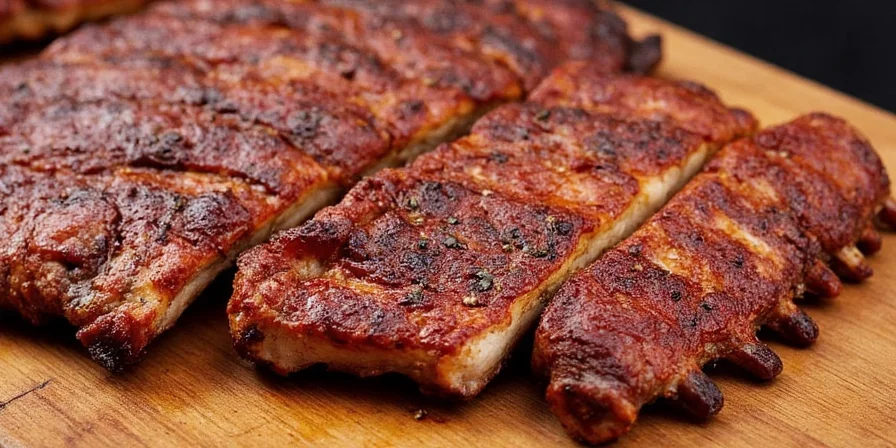
Frequently Asked Questions
Which ribs are better for beginners?
Baby back ribs are more forgiving and cook faster, making them ideal for beginners. Their leaner profile reduces overcooking risks while delivering reliable results.
Can I use the same rub for both rib types?
Yes, but spare ribs handle bolder flavors due to higher fat content. Baby backs shine with simpler seasonings that won't overwhelm their delicate texture.
How do I know when ribs are done?
Use the bend test: lift the rack with tongs. If it bends 45 degrees and surface cracks slightly, they're ready. Internal temperature should reach 195-203°F.
Should I remove the membrane from spare ribs?
Recommended for spare ribs to improve smoke penetration and tenderness. Baby backs often have thinner membranes that may be left on for texture variation.
Can I cook ribs in the oven instead of a smoker?
Absolutely. Use 275°F oven with ribs wrapped in foil after initial seasoning. Add liquid (apple juice/vinegar) for moisture, cooking 3-4 hours until tender.
Conclusion: Choose Your Rib Adventure
So, what have we learned today?
- Spare Ribs are big, bold, and full of flavor. They're the steakhouse version of ribs — hearty and deeply satisfying, especially for regional barbecue styles.
- Baby Back Ribs are tender, elegant, and easier for newcomers. They're the gourmet experience in a more approachable package.
No matter which you choose, remember this: spice is your best friend. Whether it's a dry rub or a saucy glaze, the right blend can turn any rib into a showstopper.
So fire up that smoker, grab your favorite ribs, and let's get grilling — it's time to become the hero of your next backyard barbecue!
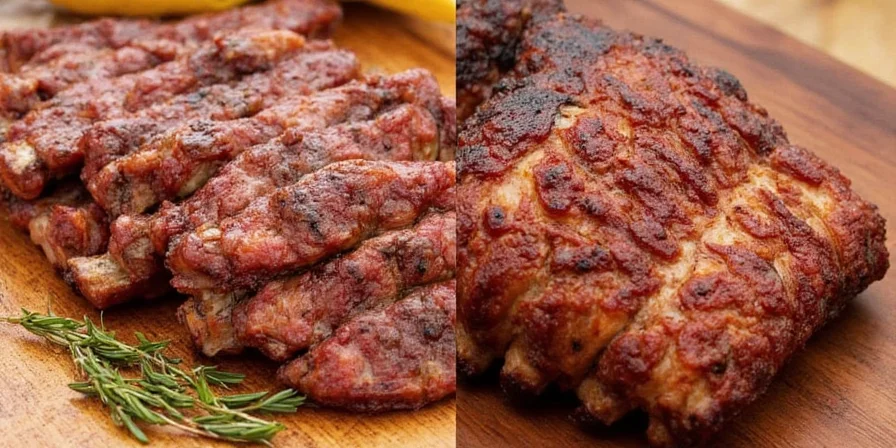

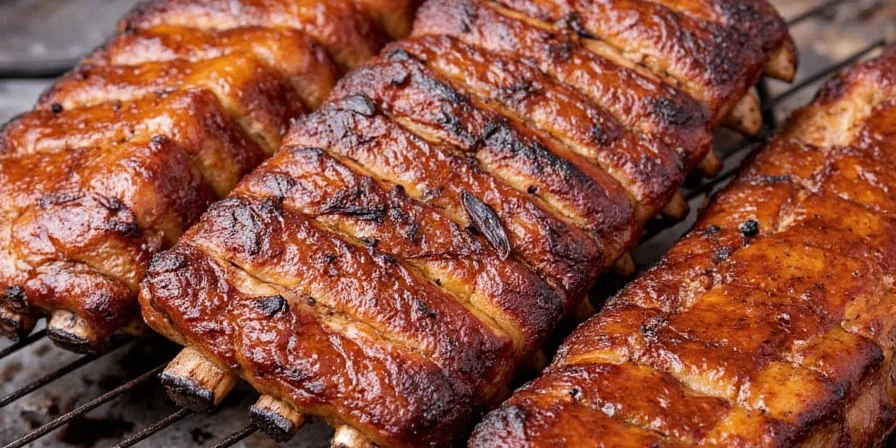









 浙公网安备
33010002000092号
浙公网安备
33010002000092号 浙B2-20120091-4
浙B2-20120091-4